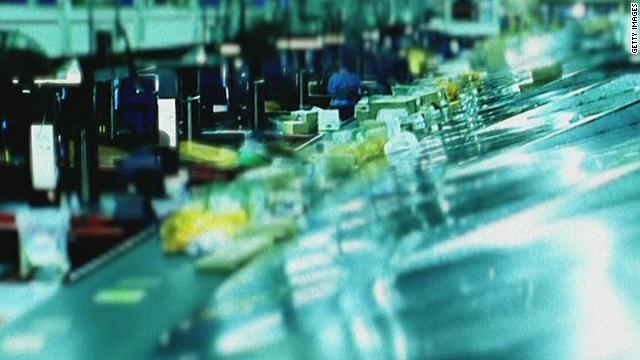Story highlights
- National Institute on Drug Abuse releases latest study on teen behavior
- The downward trend in abuse is now a couple of decades old
- Survey also looks for the first time at e-cigarette use
Teens are losing some of their rebellious reputation with this news from the federal government.
The latest Monitoring the Future survey, released on Tuesday by the National Institute on Drug Abuse, finds children are smoking fewer cigarettes, drinking less alcohol and abusing fewer prescription and synthetic drugs.
Marijuana rates are stable, even with the increase in the number of states that allow people to use marijuana recreationally. Some 6.5% of eighth graders said they had smoked marijuana in the past month, 16.6% of 10th graders did and 21.2% of 12th graders had, according to the survey.
In states with medical marijuana laws, 40% of 12th graders who reported using marijuana in the past year said they had it contained in food. That's compared to 26% who said the same in states where the drug is not legal for any kind of use.
There has been a decline in the number of children trying synthetic drugs like K2/Special, also known as synthetic marijuana, in the two years the survey has measured this in all three grades. Use among 12th graders this year was 5.8%, compared to 7.9% last year and 11.3% in 2012, the survey said.
There was also a sharp drop in binge drinking among high school seniors, which is now under 20%, compared to 1998 when binge drinking among high school seniors was at a peak of 31.5%.
The number of young adults who have tried e-cigarettes is up, according to this report, but that's in large part because e-cigarette use has never been measured before by this survey.
An unrelated study published Monday in the journal Pediatrics found that 29% of teens surveyed in Hawaii in 2013 used e-cigarettes, a number much higher than reported in previous surveys.
The general decline in drug and alcohol use by teens is part of a two-decade long trend among American teens.
"The main highlight is that for most indicators the news is very good," said NIDA Director Dr. Nora Volkow. A research psychiatrist and scientist, Volkow said she is encouraged by this significant decline, particularly in synthetic drugs and prescription drugs, which had been a growing problem for teens. She doesn't, however, think parents and teachers should be complacent. "We need to continue to be very aggressive as far as interventions and to continue to curb abuse."
An increasing number of children have tried e-cigarettes: Some 17% of 12th graders surveyed had used them in the last month. Sixteen percent of 10th graders did, as had 8% of eighth graders. "If you think about a new device, those rates are very high," Volkow said.
The patterns for other drug use are similar to other surveys. Researchers have seen a decline over the past five years in use of prescription pain medicine and haven't seen an uptick in use of other drugs like heroin to compensate for the decline. The rate of abuse of the painkiller Vicodin, for instance, has dropped significantly from the peak abuse use five years ago, according to Volkow. It fell from 9.5% of those surveyed using it to 4.8% now. "This is quite significant because it is so addictive," Volkow said.
She credited an increase in education campaigns and an increased awareness in the health care system about the abuse for slowing the abuse of these drugs. Government drug buy-back programs have also had an impact, Volkow said.
"We still have a lot of work to do and we can still bring those numbers realistically lower," Volkow said. Compared to other countries, even with the decline in use, the United States still has a higher drug use rate than many other countries. "We don't (want to) stand out as a country with high rates of drug abuse among teenagers."











